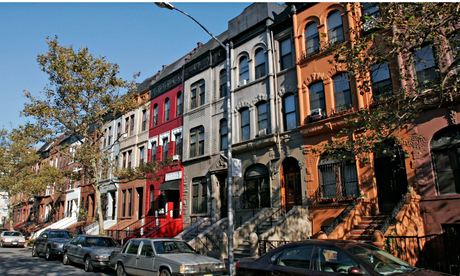
From Guardian writer Lloyd Alter: "In New York, sleek new towers for the tenth of the 1% are rising through previously sacrosanct height limits. Critic Michael Kimmelman sums up the problem in one sentence: 'Exceptional height should be earned, not bought.' "Battles are raging over height limits and urban density, all on the basis of two premises: 1) that building all these towers will increase the supply of housing and therefore reduce its costs; 2) that increasing density is the green, sustainable thing to do and that towers are the best way to do it.
"I am not sure that either is true. I am also a heritage activist, not because I particularly love old buildings, but because there is so much to learn from them and from the neighbourhoods and cities that were designed before cars or electricity or thermostats, and were built at surprisingly high urban densities.
"There is no question that high urban densities are important, but the question is how high, and in what form. There is what I have called the Goldilocks density: dense enough to support vibrant main streets with retail and services for local needs, but not too high that people can't take the stairs in a pinch. Dense enough to build a sense of community, but not so dense as to have everyone slip into anonymity."
"At the Goldilocks density, streets are a joy to walk; sun can penetrate to street level and the ground floors are often filled with cafes that spill out onto the street, where one can sit without being blown away, as often happens around towers. Yet the buildings can accommodate a lot of people: traditional Parisian districts house up to 26,000 people per sq km; Barcelona's Eixample district clocks in at an extraordinary 36,000.
"At the Goldilocks density, construction is a lot cheaper and the buildings a lot more efficient. Building to the Goldilocks density is also more resilient: it's easier to get in and out of your flat when the power goes out when you live on the fourth floor than when you live on the 40th. There is lots of room in our cities to do this." Full article here. (Photo credit: Alamy.)
